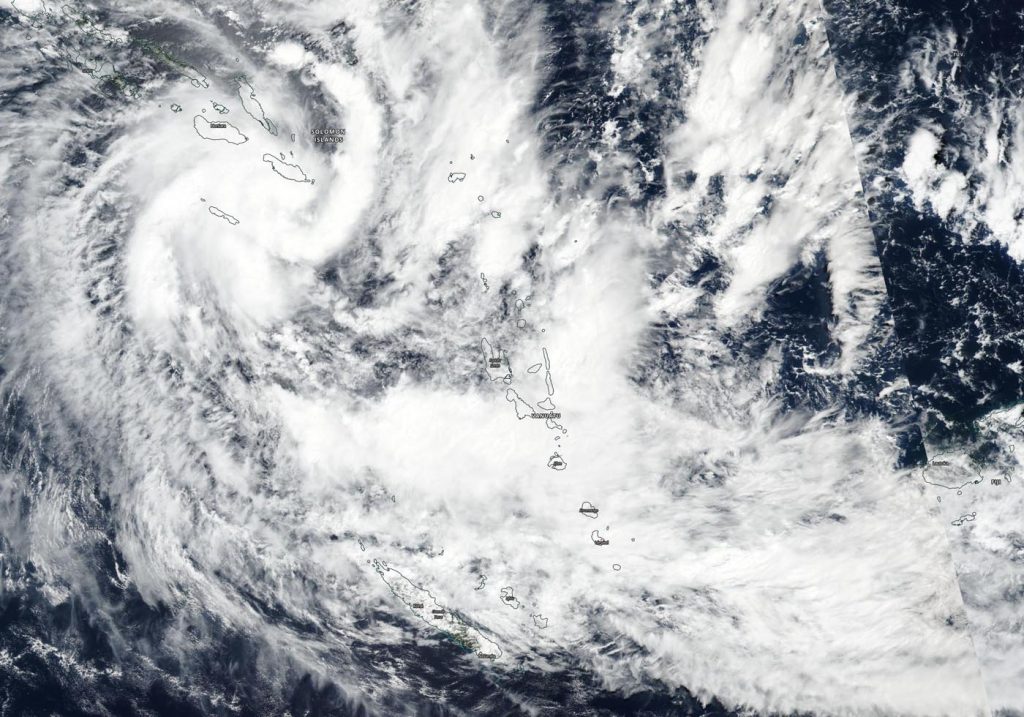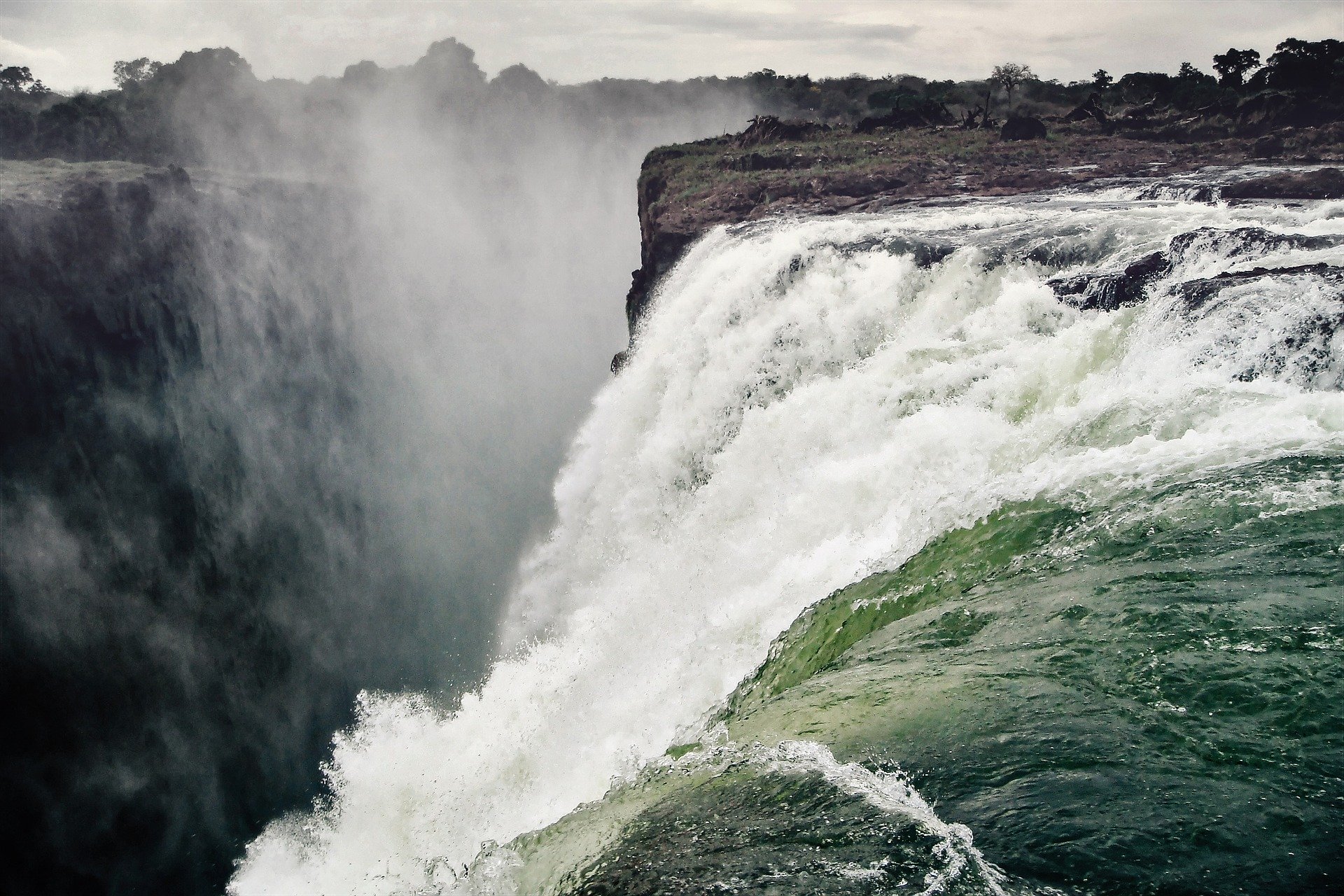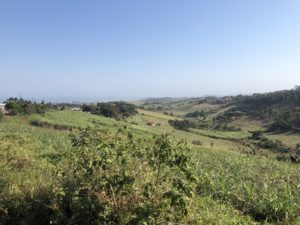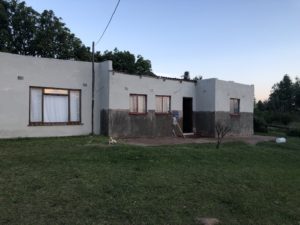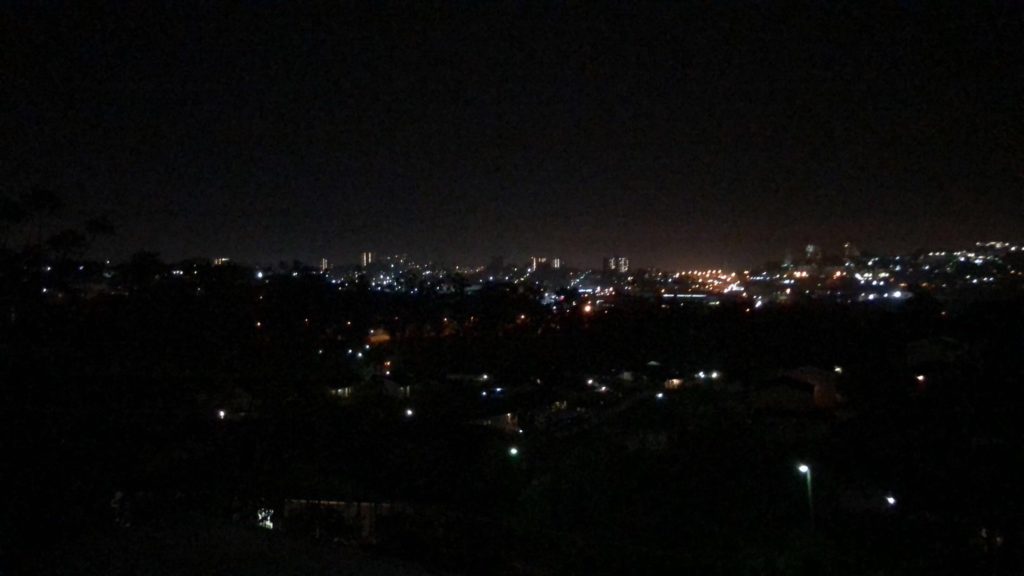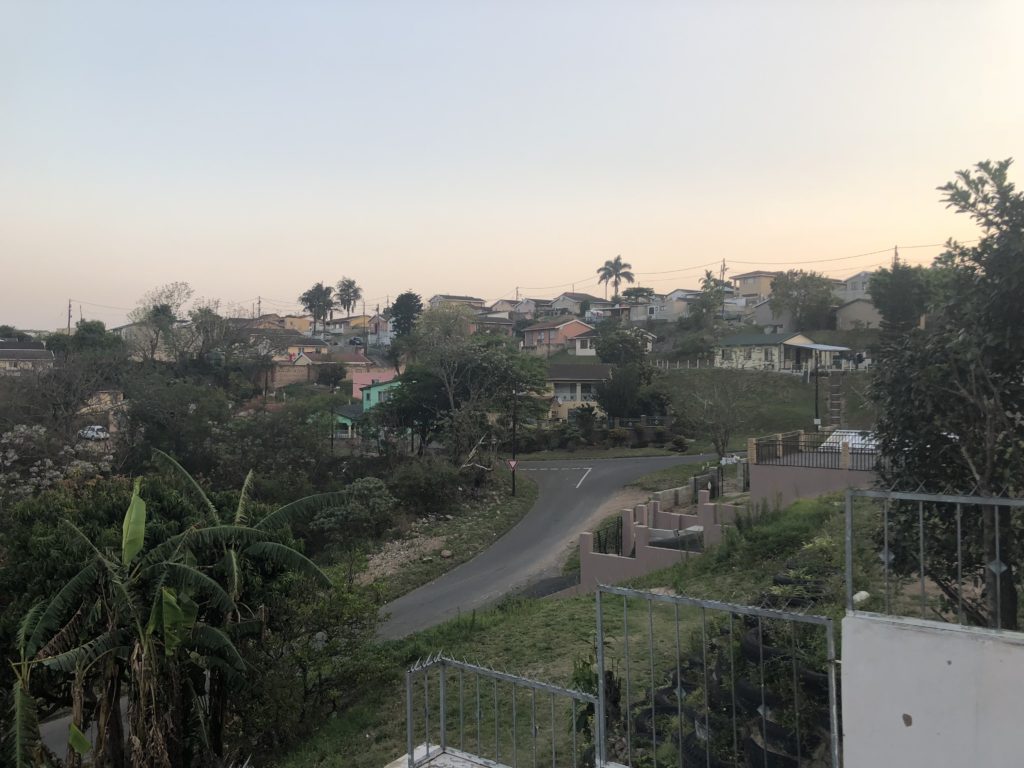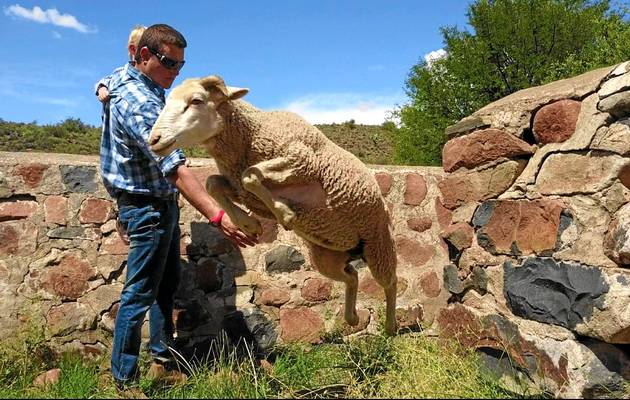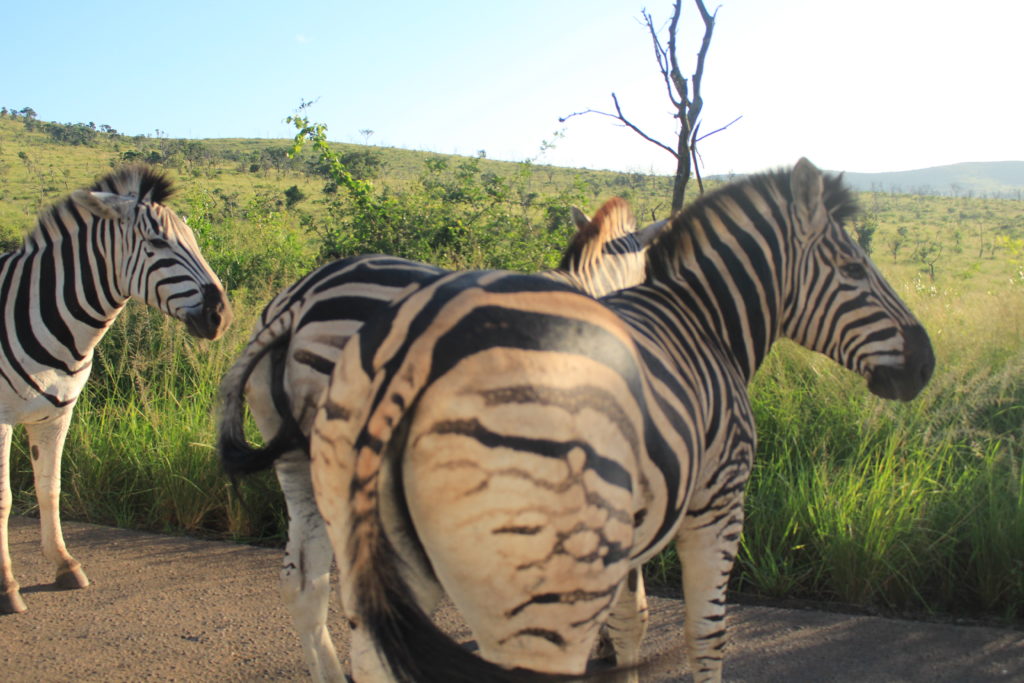MAIN IMAGE: Planet Earth is celebrated in the fiftieth annual Earth Day celebrations. SOURCE: Orlando, Pixabay
As the world marked the fiftieth anniversary of Earth Day today – the largest secular holiday celebrated internationally – people across the globe were forced to move events planned for the day to online platforms.
Efforts to contain the coronavirus pandemic meant that many in-person celebrations were cancelled but many found alternative outlets.
The first Earth Day held in 1970 was the brainchild of a US senator from Wisconsin, Gaylord Nelson, who proposed an environmental teach-in on college campuses that, under the direction of American activist Denis Hayes, evolved into the first Earth Day. Nelson’s proposal came at a time when the US environmental movement was gaining traction over concerns about increasing air and land pollution, documented in books like Silent Spring by Rachel Carson. According to the Earth Day Network, the first Earth Day was celebrated by 20 million Americans in colleges and cities across the United States.
After 20 years of being a US-centred event, Earth Day festivities expanded internationally in 1990 to incorporate 141 countries. These festivities were organized by two groups, the Earth Day 20 Foundation and Earth Day 1990 to bring environmental issues to a global front.
Since the 1990s, Earth Day has expanded to become an internationally recognized holiday, with events spanning over 190 countries, organized by the Earth Day Network.
The theme for Earth Day 2020 is “climate action”, reflecting a surging global initiative to limit carbon emissions and combat the effects of the climate crisis. Global efforts to combat the climate crisis is just one of the ways in which the Earth of today is vastly different to what it was 50 years ago.
Despite the almost constant flow of negative news about the extent of human destruction of the earth, the Earth Day movement has had an impact – there have been many positive environmental changes since 1970.
In 1974, just four years after the first Earth Day, American scientists reported that the ozone layer, which envelopes the planet and reflects harmful ultraviolet rays, was being depleted. Although the US government responded by banning chemicals from aerosol cans that contributed to this depletion in 1977, the problem persisted, building up to a hole in the ozone layer discovered in 1985. In 1987, however, the international community came together to sign the Montreal Protocol, phasing out production of substances responsible for ozone depletion. Since then, scientists have reported there is evidence that the ozone layer has begun healing itself.
Increased efforts to demarcate nature reserves have led to the protection of 15 percent of the world’s land and seven percent of the world’s oceans. Animals like elephants have also been protected since 1990, when the international trade of elephant ivory was banned.
In the United States, this is the first Earth Day in which wind power has outpaced coal-fired electricity. However, in the rest of the world, coal is still a primary energy source, especially in countries like China, India, and Indonesia.
At the same time, however, many new threats to the Earth have emerged since 1970. The Amazon rainforest faces the threat of becoming a non-forest ecosystem. Deforestation has already destroyed 17 percent of the rainforest. Similarly, the Great Barrier Reef faces the threat of coral bleaching from rising ocean temperatures, which killed at least 29 percent of the reef’s coral population in 2016 alone.
Nuclear accidents like the Chernobyl disaster in 1986 have resulted in mass radioactive pollution that will require decades of clean-up. Wildfires have ravaged Australia since June 2019, with air quality dropping to hazardous levels and millions of animals dying there. Global extinction rates are expected to rise to include as many as one million new plant and animal species, placing species like the honeybee, which is an integral part of the ecosystem, at risk.
The world has been aware of the effects of climate change since 1988, when American climatologist James Hansen presented evidence of global warming to the United States Congress. Although 196 nations signed the Paris Climate Agreement on Earth Day in 2016, in which it was agreed that they would develop plans to limit carbon emissions, new reports have shown that the world is already experiencing many of the feared effects of the climate crisis.
The Earth Day Network has devoted a 24-hour cycle of virtual programming to addressing the climate crisis. It is encouraging participants to advocate for climate action by contacting their government representatives to demand action and speaking out on social media.





